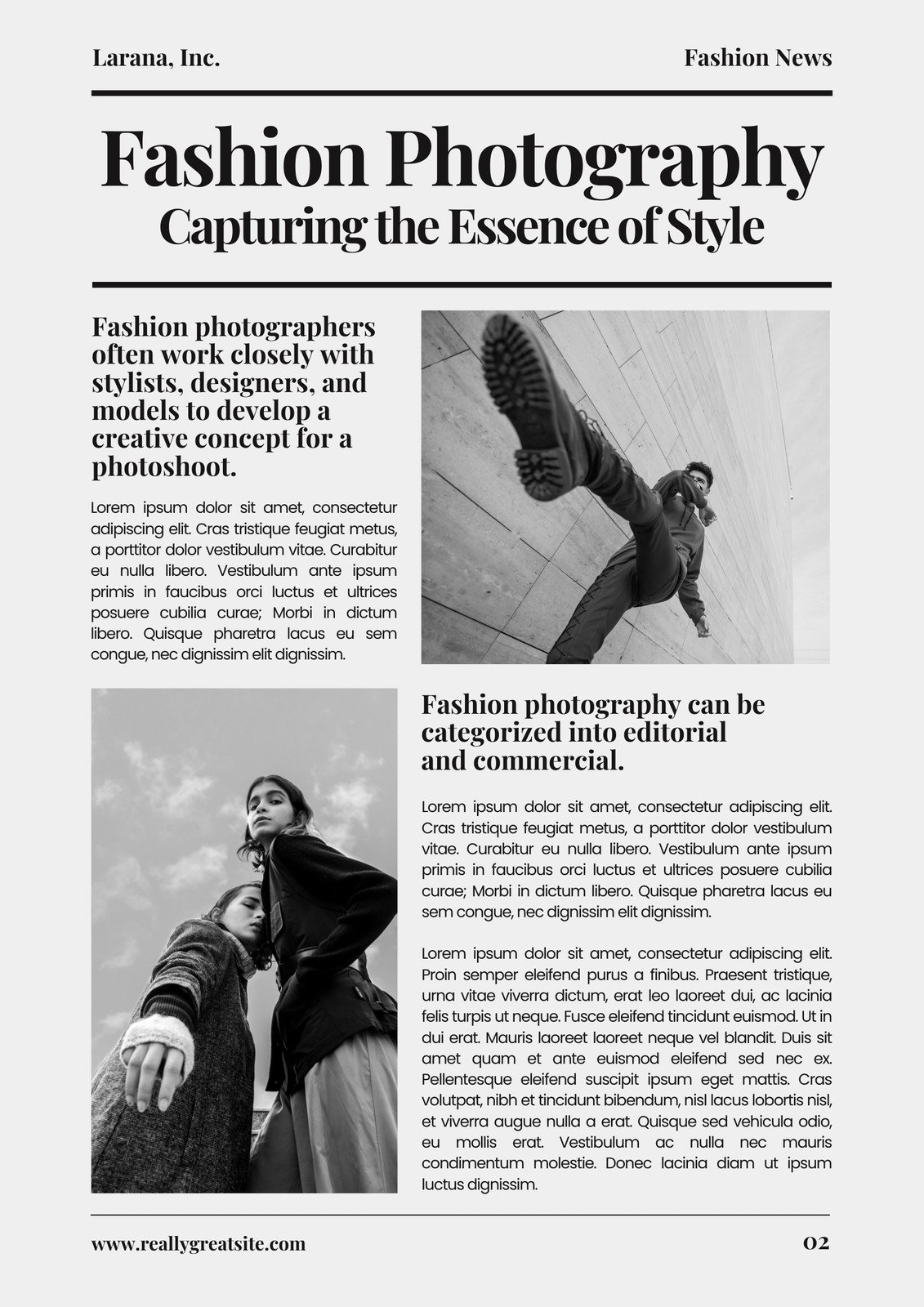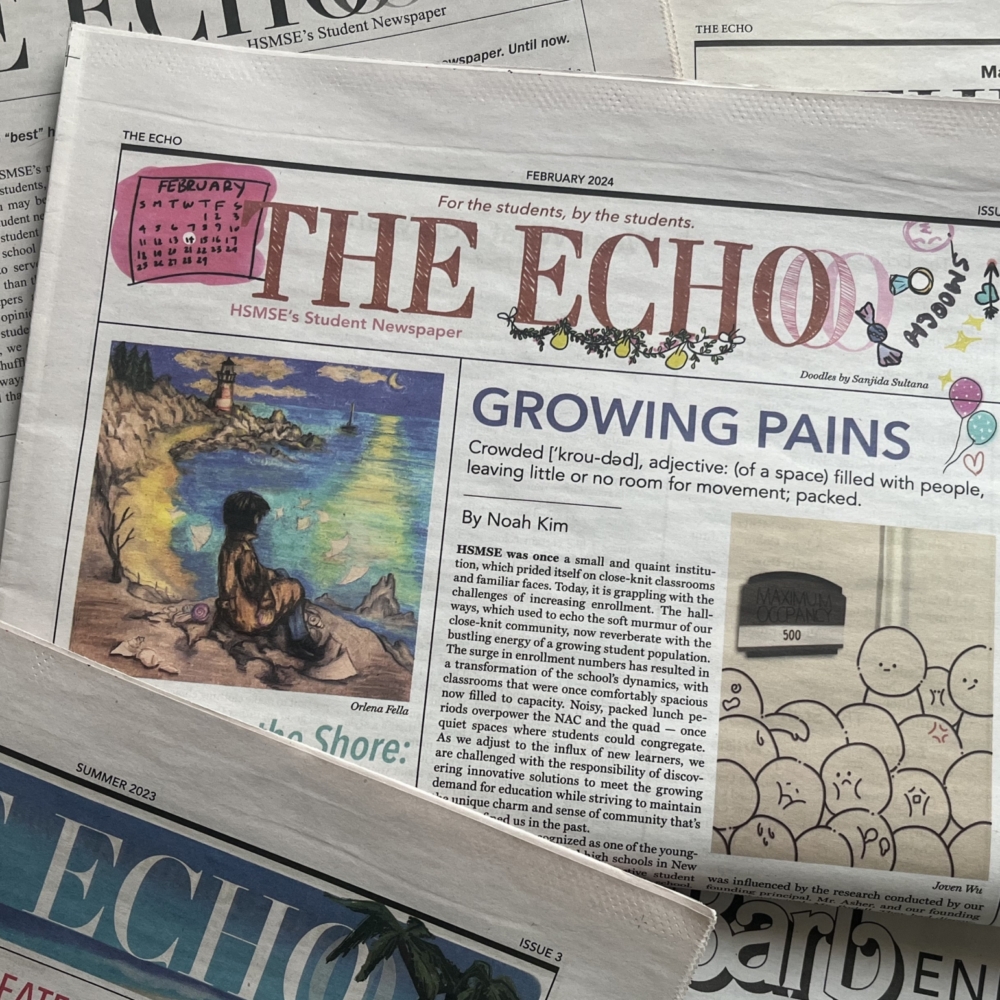A Biased View of News Articles
Table of ContentsThe 9-Second Trick For News ArticlesNews Articles Fundamentals ExplainedThe Only Guide for News ArticlesThe Ultimate Guide To News ArticlesOur News Articles PDFs
Excellent understanding of different subjects provides students an one-upmanship over their peers. Despite the fact that electronic and social media are conveniently accessible, we must not forget how crucial it is to review the newspapers. Parents should attempt and inculcate the behavior of checking out a paper as a daily routine to continue the tradition of the revered print tool.News stories likewise contain at the very least one of the adhering to important qualities loved one to the desired target market: closeness, prominence, timeliness, human rate of interest, curiosity, or repercussion.
Within these limitations, information stories likewise intend to be extensive. Various other aspects are involved, some stylistic and some derived from the media type. Amongst the bigger and extra recognized papers, justness and balance is a significant consider offering information. Commentary is typically constrained to a different area, though each paper might have a various total angle.
Papers with an international audience, for example, tend to utilize an extra official style of writing. News Articles.; typical design overviews consist of the and the United States News Design Publication.
The Greatest Guide To News Articles
As a guideline, journalists will not make use of a lengthy word when a short one will certainly do. News authors try to prevent making use of the same word more than as soon as in a paragraph (occasionally called an "echo" or "word mirror").
Nevertheless, headlines sometimes leave out the topic (e.g., "Jumps From Watercraft, Catches in Wheel") or verb (e.g., "Feline lady fortunate"). A subhead (also subhed, sub-headline, subheading, caption, deck or dek) can be either a secondary title under the main headline, or the heading of a subsection of the short article. It is a heading that precedes the primary message, or a team of paragraphs of the major message.

Extra billboards of any of these kinds may show up later on in the write-up (specifically on succeeding pages) to attract additional reading. Such signboards are likewise used as pointers to the short article in other areas of the publication or site, or as promotions for the piece in other magazine or websites. Regular structure with title, lead paragraph (summary in strong), various other paragraphs (details) and call details.

Instance of a hard-lead paragraph NASA is suggesting an additional space job. The agency's budget plan demand, revealed today, included a strategy to send one more mission to the Moon. This moment the agency intends to develop a long-lasting center as a jumping-off factor for other area experiences. The budget plan requests roughly $10 billion for the project.
The NASA news came as the agency requested $10 billion of appropriations for the project. An "off-lead" is the 2nd essential front page news of the day. The off-lead appears either in the top left edge, or straight listed below the lead on the. To "bury the lead" is to start the write-up with history information or details of second relevance to the visitors, requiring them to find out more deeply into an article than they ought to need to in order to find the vital factors.
The Buzz on News Articles
Typical usage is that a person or two sentences each form their own paragraph. Journalists usually describe the organization or framework of a news story as an inverted pyramid. The vital and most interesting aspects of a tale are put at the start, with sustaining directory info complying with in order of decreasing importance.
It enables people to explore a subject to just the deepness that their curiosity takes them, and without the charge of information or subtleties that they can consider unnecessary, but still making that details readily available to more interested visitors. The upside down pyramid framework also enables articles to be cut to any type of approximate length throughout format, to suit the room readily available.
Some writers start their stories with the "1-2-3 lead", yet there are numerous kinds of lead available. This format usually begins with a "Five Ws" opening up paragraph (as described above), adhered to by an indirect quote that serves to sustain a significant aspect of the very first paragraph, and afterwards a straight quote to support the indirect quote. [] A kicker can describe numerous points: The last story in the information broadcast; a "pleased" tale to finish the show.
Longer short articles, such as magazine cover write-ups and the items that lead the inside areas of a newspaper, are recognized as. Attribute tales differ from straight news in several methods.
6 Simple Techniques For News Articles
The journalist commonly details communications with interview subjects, making the item much more personal. An attribute's very first paragraphs usually connect an interesting moment or event, as Get More Info in an "unscientific lead". From the details of a person or episode, its sight promptly widens to generalities about the tale's topic. The section that signals what an attribute is around is called the or billboard.
The Editor's Tool kit: A Referral Guide for Beginners and Professionals (2001) Allan M. Siegal and William G. Connolly. The New York City Times Manual of Style and Usage: The Authorities Style Guide Used go now by the Writers and Editors of the Globe's Most Reliable Newspaper (2002) M. L. Stein, Susan Paterno, and R.